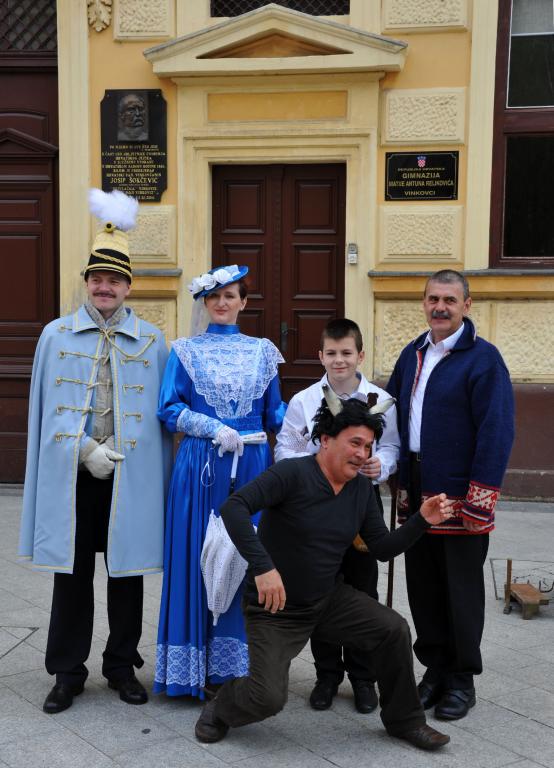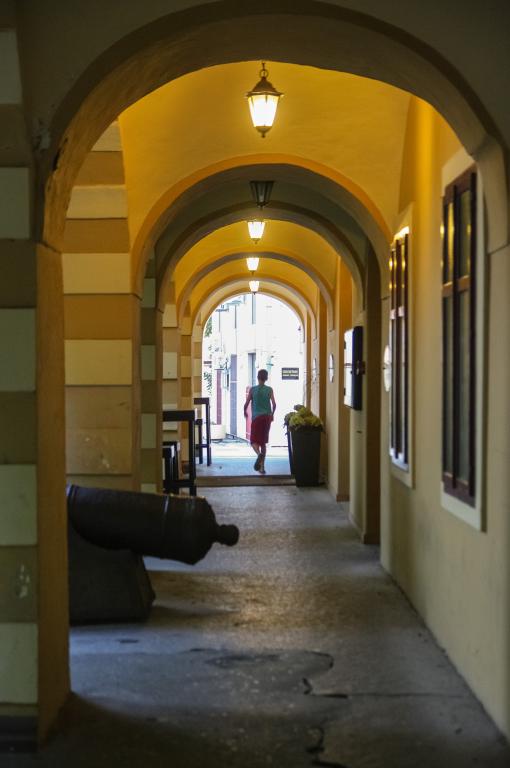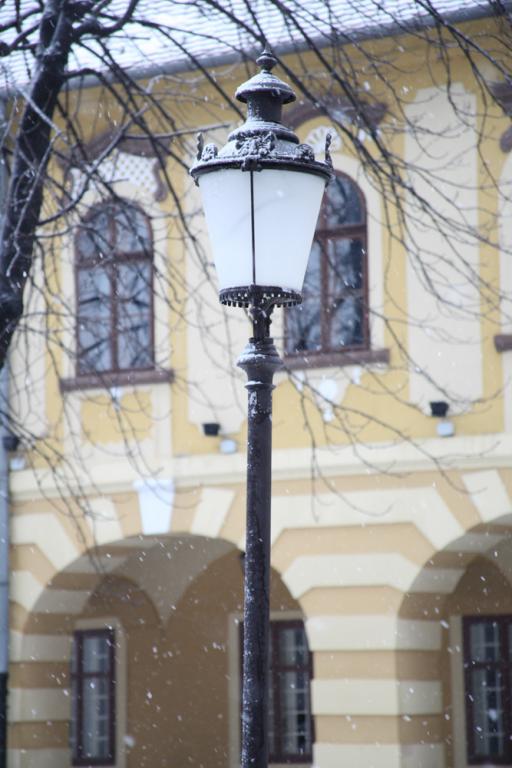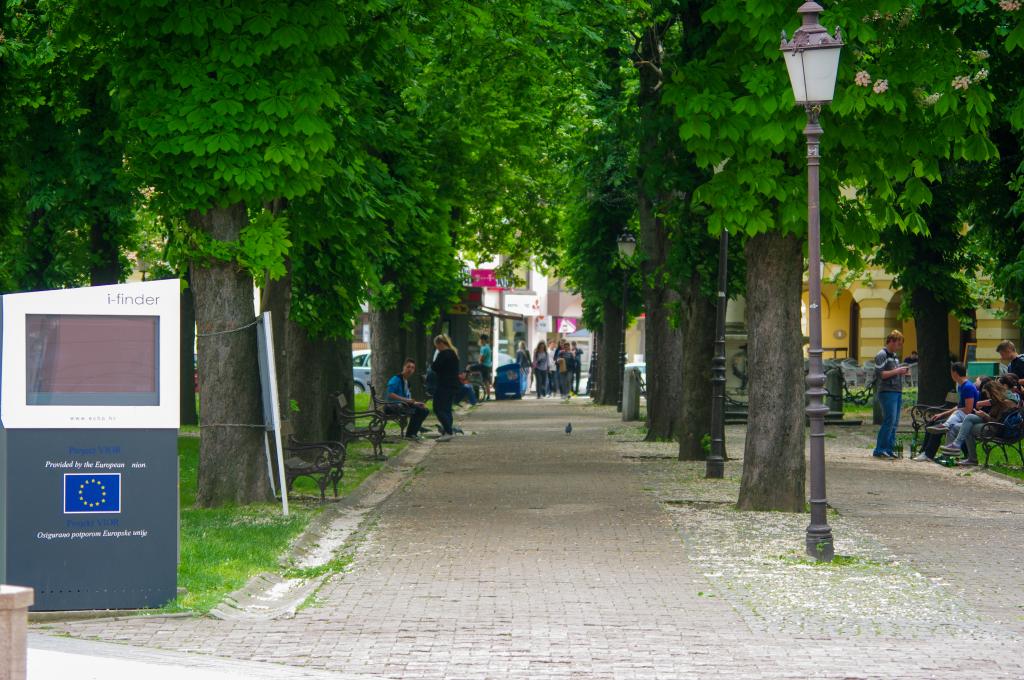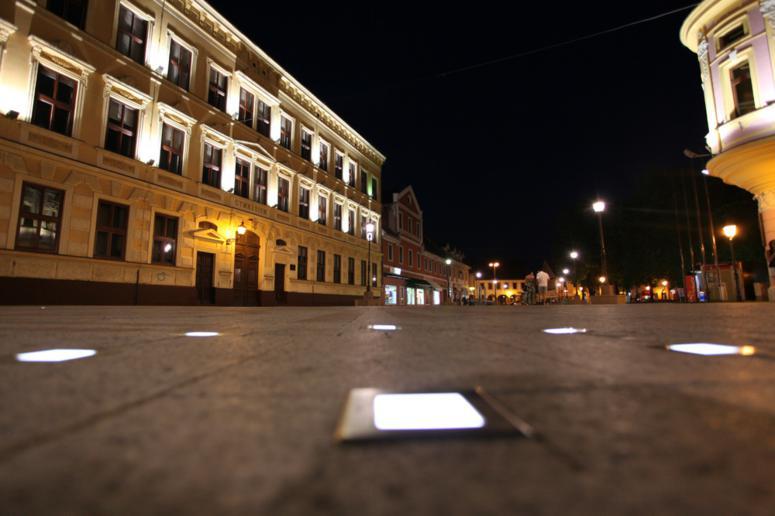Suleiman the Magnificent and Eugene of Savoy
Baranya leaves no one indifferent. Over the centuries Baranya was visited and returned to by
warriors, kings, princes and emperors. Baranya was well-known since the time of the Turks, when
the Sultan Suleiman the Magnificent in 1566th built a huge wooden 8 kilometers-long bridge,
connecting Osijek with Darda and also the Ottoman Empire with Hungary. It was a colossal building,
in the eyes of contemporaries considered as the world wonder and known as Il famoso ponte d'Essek
or Die with Berühmte und wunderbahre Essecker Brücke. After the Habsburgs had liberated the
country from the Turks, the emperor Leopold I donated the largest property in Baranya to his
general Prince Eugene of Savoy in 1698. Its headquarter was in Bilje (village next to Osijek), in which
he had built the castle in the early 18th century.
Dynastys of Habsburg and Karadjordjevic, Tito
A frequent guest in Baranya was also Maria Theresa, Czech and Hungarian-Croatian queen, the
Austrian archduchess, the first and only woman who ruled the Habsburg Monarchy. She often
visited Pannonian villages and wine cellars, listening the "voice" of people.
Friedrich Habsburg was the owner of the estate and the castle in Tikveš, built in the late 19th
century. The main Tikve castle was built in the thirties of the 20th century by the dynasty of
Karadjordjevic, and after the Second World War Tikveš was one of the favorite residence of the
president Josip Broz Tito, who hosted many world statesmen, enjoying in taking them hunting.
Celebrating the victory
In the village of Batina, at the viewpoint above the mighty Danube, today stands a 27-meter high
monument, named by people as "Julka”. The monument is a reminder of the Batina battle in
November of 1944, when the Red Army and partisans liberated Baranya from the German
occupation. At the spot of the fiercest fighting, where about 2000 Red Army soldiers died in only few
days, the magnificent monument and memorial complex have been built.
Half day excursion:
ON THE PATH OF HEROS AND WARRIORS
Osijek - Bilje - Tikveš - Batina
We suggest:
- arrival to Osijek, visiting its famous Tvrđa, the baroque citadel-fortress from the 18th century (the first new city-fortress, dated from 1712, was
concepted and built by Prince Eugene of Savoy)
- a 5-minute ride to Bilje, a village near Osijek, which is one of four Baranya´s castles of Eugene of Savoy (during a costumed play you will find
out more about a history of the castle and the life of the famous Prince and the Commander of the Austrian army)
- continuing to the castles "Tikveš", located on the outskirts of Nature Park Kopacki Rit (since the 19th century to today, Tikveš was a home and a frequent destination to a large number of rulers and leaders, today known as the "Tito's Castle"
- lunch with local specialties at the restaurant next to the castle Tikveš
- visiting the nearby village Batina, situated along the Danube river, and at the border between Croatia, Serbia and Hungary (Batina's known for its
beautiful lookout, where the imposing monument to fallen soldiers from the World War II is situated (by the viewpoint a well-known wine maker
Kalazić is located, where you can enjoy several excellant wines, before your ride back home.
All day excursion:
TOUR OF MARIA THERESA
Kneževo - Popovac - Branjin Vrh - Beli Manastir - Karanac - Kneževi Vinogradi - Lug - Bilje - Darda
We suggest:
- arrival in the village Kne , the administration centre of Baranya estate during the Habsburg Monarchy (1872)., visit of the castle of Mary Kristine and the churches of St. Hildegard (1855) and Mali Oplenac (1832); a special experience is to visit the stall of the local population, where you can taste and
buy local products, prepared according to our grandmothers´recipe)
- heading to the neighboring village Popovac, where you can see the remains of Roman fortifications, and have a tour of a fishfarm and the famous shrine of Lourdes
- arrival to in Branjin Vrh, originally the center of Baranya county, after which Baranya was named, going to the wine cellars, which, according to legends, was visited by the queen Maria Theresa (tasting some excellent wines)
- visit to the church of St. John Nepomuk in Beli Manastir
- coming to the ethno-village Karanac, a lunch at one of the indigenous peasant economies (apart from enjoying the local delicacies, you can ride a horse or learn some of the old crafts)
- continuing to Kne with a tour of the impressive five-century-old wine cellar
- arrival to the nearby village of Lug, Baranya´s religious tourism destination and the cradle of the Reformation, visit to the old church, built in 1475th on the foundations of the former Roman fortress
- coming to Bilje, once the estate center of Eugene of Savoy, a tour of his early baroque castle where costumed actors will tell you stories and evoke the unique atmosphere of the ancient time
- visiting Darda, Baranya´s second large estate from the Habsburg era, whose first owner was the general Friedrich von Veterani (visiting: the house of pheasants, equestrian club, the church, and the classicist Esterhazy castle, built around 1800), afterwords heading back home
Copyright © 2018 Autotrans d.d. All rights reserved. Autotrans d.d. is a member of Arriva group.
This website uses cookies and similar technologies to give you the very best user experience, including to personalise advertising and content. By clicking 'Accept', you accept all cookies.



